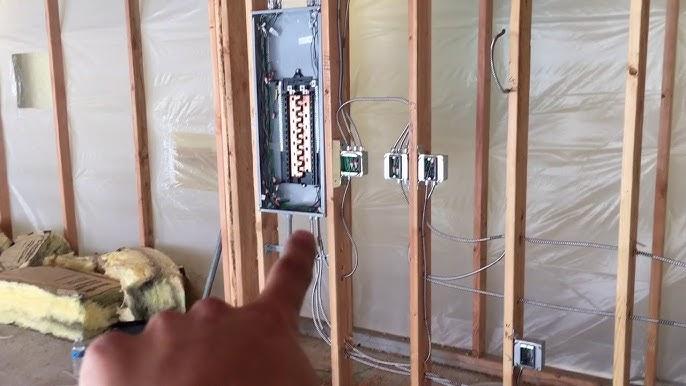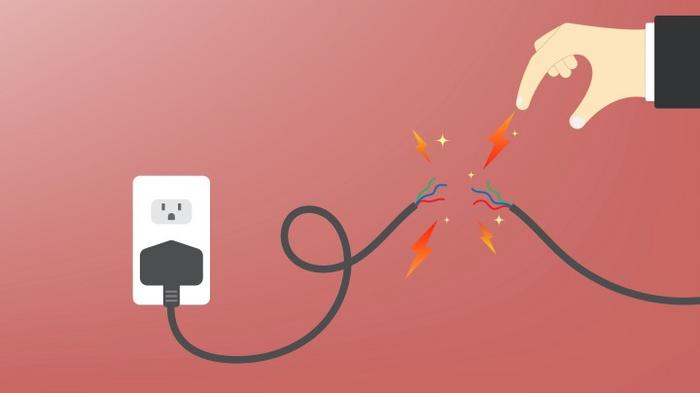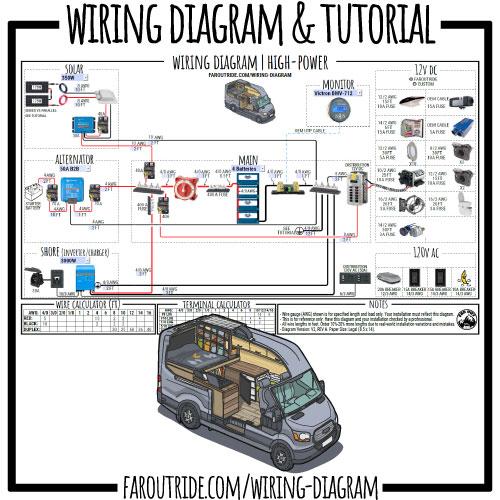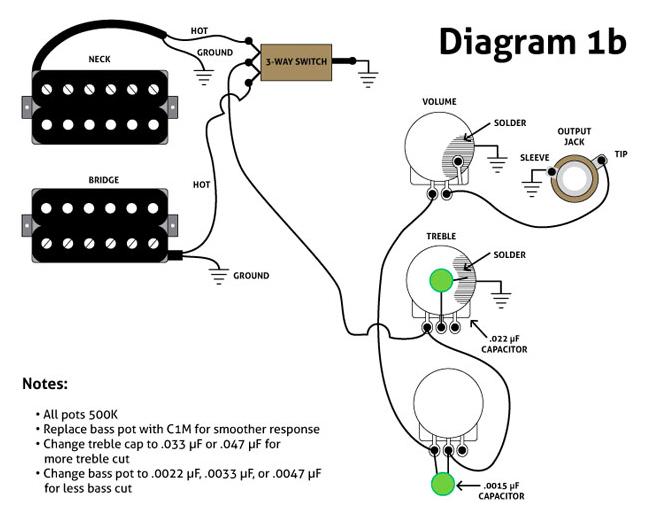Introduction to Fender Mustang Wiring
Imagine holding your Fender Mustang, the crisp snap of each string resonating in perfect harmony. Yet, one subtle adjustment on the wiring could elevate or hinder your performance—this is where understanding the Fender Mustang wiring diagram becomes a game changer. As someone who’s delved deeply into instrument design, I’ve witnessed firsthand how knowledge of Mustang guitar wiring can transform an ordinary player into an extraordinary artist. This ultimate guide seeks to bridge the gap between you and your guitar, unraveling secrets hidden within the wiring harness, poised to unleash the full potential of your instrument. Join me on this journey as we delve into every blueprint and connection that defines your Mustang’s sound, turning mere curiosity into expertise.
Why Understand Wiring Diagrams?
The Importance of Wiring Knowledge

Every musician has faced wiring issues; a solid grasp of your guitar’s wiring can make all the difference. When it comes to wiring troubleshooting, understanding the intricacies of your instrument’s internal structure is crucial. My years in lutherie have taught me that familiarity with wiring diagrams transforms guesswork into precision. Fender Mustang wiring diagrams are more than a guitar repair guide; they’re maps to efficient problem-solving.
In my practice, I’ve seen firsthand how this knowledge fosters not just solutions, but also deeper appreciation for the instrument’s design. With the right insights, you’re not just fixing issues—you’re enhancing your connection to your guitar. This bridge between player and instrument is the true essence of why we strive to understand wiring diagrams. Explore these fundamentals to unlock a new realm of musical expression.
Common Issues in Wiring

Understanding wiring diagrams is crucial in addressing common issues in wiring, especially for instruments like the Fender Mustang. Did you know that a faulty connection can lead to various tonal issues in your guitar? From dull sound quality to complete signal drop-offs, these issues stem from poor wiring execution. Over the years, I’ve seen countless cases where incorrect Fender pickup configuration accentuated such problems. When I dissect a pickup wiring diagram, I meticulously trace every path, ensuring connections align exactly with the specifications.
Common pitfalls like cold solder joints or improperly grounded wires can adversely affect your guitar’s performance. The subtleties in a Mustang’s unique wiring setup mean even minor oversights can lead to frustrating performance quirks. My hands-on experience in guitar repair has taught me that attention to detail in wiring is non-negotiable. This knowledge forms the bedrock of understanding how to read Fender Mustang wiring diagrams, ultimately empowering enthusiasts and professionals alike to troubleshoot with confidence. Embracing this expertise will prepare you for when to consider wiring modifications, enhancing not just your instrument’s reliability but its entire sonic expressiveness.
How to Read Fender Mustang Wiring Diagrams

Ever felt puzzled trying to decipher a wiring schematic? You’re not alone! As someone who’s spent countless hours hunched over these seemingly Byzantine blueprints, I can assure you that understanding Fender Mustang wiring diagrams is not as daunting as it might initially appear. With my engineering background, I’ve developed strategies to make these diagrams not only accessible but also engaging, allowing every guitarist to tap into the hidden potential of their instrument.
First, let’s demystify the layout. A Fender Mustang wiring diagram is essentially a roadmap for electrical connections, showcasing each component’s role in the circuitry. The trick is to break it down into smaller sections. Start by identifying the individual components: pickups, switches, potentiometers, and output jacks. Each is represented by symbols or shapes, and once you’ve learned what these symbols mean, the diagram becomes your guide rather than a mystery.
Next, trace the pathways—as you follow the line, imagine the flow of electrons. This visualization technique helps you understand how different components interact, ensuring that you can troubleshoot more effectively. Over the years, this method has significantly enhanced my understanding, and I stand by its effectiveness for anyone willing to invest a bit of time.
By grasping the fundamentals of these diagrams, you’ll save time and avoid unnecessary frustration. It’s truly rewarding when you can independently solve wiring issues or explore modifications with confidence. In the following sections, we’ll explore where to find accurate diagrams and which resources can further refine your skills. Let’s unravel this together!
Where to Find Wiring Diagrams
Online Resources and Communities

As I’ve navigated the vibrant world of guitar modification, I’ve discovered that online resources and communities are a treasure trove for finding Fender Mustang wiring diagrams. This digital landscape has evolved into a worldwide hub where enthusiasts like me exchange custom guitar wiring insights and collaborate on innovative projects. So, where do passionate guitar modders connect and share invaluable wiring insights? It’s within these bustling online forums and websites.
From the moment I joined various lutherie forums, I was immersed in a wealth of shared experience and diverse solutions that weren’t just effective—they were enlightening. Regular discussions on these platforms often highlight niche wiring setups and offer solutions to even the most complex issues. Plus, specialized websites frequently host user-contributed diagrams and modifications, reflecting a deep pool of communal knowledge.
Ultimately, leveraging these online spaces not only enriches one’s technical repertoire but also fosters a strong sense of camaraderie among guitar modders aiming to refine their craft.
Official Fender Resources

Did you know that Fender offers a wealth of resources for guitarists eager to learn more about their instruments? As someone who’s spent countless hours working on Fender guitars, I can attest to how invaluable these official materials are. When it comes to Fender Mustang electronics, nothing beats the precision and reliability of official documentation. These resources provide not just wiring diagrams but also detailed specifications and insights into the Fender guitar parts that make up these iconic instruments.
Accessing these official Fender resources ensures that you’re working with accurate and updated information, which is crucial for any wiring project. I’ve found these resources particularly beneficial when troubleshooting common issues or considering modifications; they serve as a roadmap, pointing me in the right direction and minimizing errors. As we delve deeper, specifically looking into the tools and materials needed, you’ll see just how these resources integrate seamlessly with practical application, making them essential for any Mustang enthusiast.
What Tools and Materials Are Needed?

Have you ever started a guitar project only to realize you’re missing a crucial tool? It’s an experience I’m all too familiar with, and one I intend to help you avoid. Over the years, I’ve meticulously honed my approach, ensuring each wiring endeavor, from simple fixes to complex modifications, proceeds seamlessly. The first step to a successful Fender Mustang wiring project is gathering the right arsenal of tools and materials.
At the top of my list is a soldering iron with a fine tip, essential for precise connections in those tight spaces. Alongside it, quality solder is indispensable—opt for a lead-free variant for a cleaner, healthier workspace. A reliable multimeter is your best friend when it comes to verifying connections and diagnosing potential pitfalls.
Don’t underestimate the need for a wiring diagram; it’s your blueprint for success. Stock up on various gauges of wire, preferably cloth-covered to stay true to the Mustang’s vintage aesthetics. Wire cutters, strippers, and a small screwdriver set round out the tool kit. By anticipating these needs, we pave the path to a rewarding and flawless guitar wiring experience.
When to Consider Wiring Modifications

Is it time to modify your guitar’s wiring for improved performance? This question resonates deeply with those of us who live and breathe music through our instruments. Personally, I’ve always found that there comes a pivotal moment in every guitarist’s journey when we begin to crave something uniquely ours—an evolution of sound that’s not constrained by factory settings.
My own experiences with wiring modifications began unexpectedly—out of frustration with limitations I suddenly couldn’t ignore. I’d reach for certain tones, experimenting endlessly with pedals and amps, only to realize the heart of the issue lay buried within the wiring of my Fender Mustang. This realization was transformative, prompting me to not only understand the intricacies of guitar circuitry but also harness them to shape my distinct sound.
The decision to modify wiring shouldn’t be taken lightly; it demands a commitment to understanding—and daring to tweak—the delicate pathways that define our instrument’s capabilities. Each alteration can lead to surprising improvement, echoing the endless possibilities that lie in wait for every curious guitarist willing to take that leap.
Conclusion
Could understanding your guitar’s wiring be the key to unlocking its full potential? Throughout my journey with Fender Mustang wiring diagrams, I’ve discovered that diving deep into the intricacies of guitar customization and maintenance provides transformative insights. Grasping these wiring nuances not only optimizes performance but also enhances your connection to your instrument. The importance of wiring knowledge cannot be overstated, as it empowers you to tackle common issues and modifications with confidence. With resources abound—from official Fender documents to supportive online communities—you’re never alone in this exploration. Embrace this knowledge, and let your guitar’s true voice shine.
FAQs

R.M. Mottola, an engineer-turned-luthier, revolutionizes stringed instrument design with his deep focus on acoustics and ergonomics since 1994. As editor of the Savart Journal and a key contributor to American Lutherie, Mottola merges science with artistry in lutherie. He enriches the field with his extensive knowledge, shared through his Liutaio Mottola website, making him a beacon in the world of modern instrument craftsmanship.
